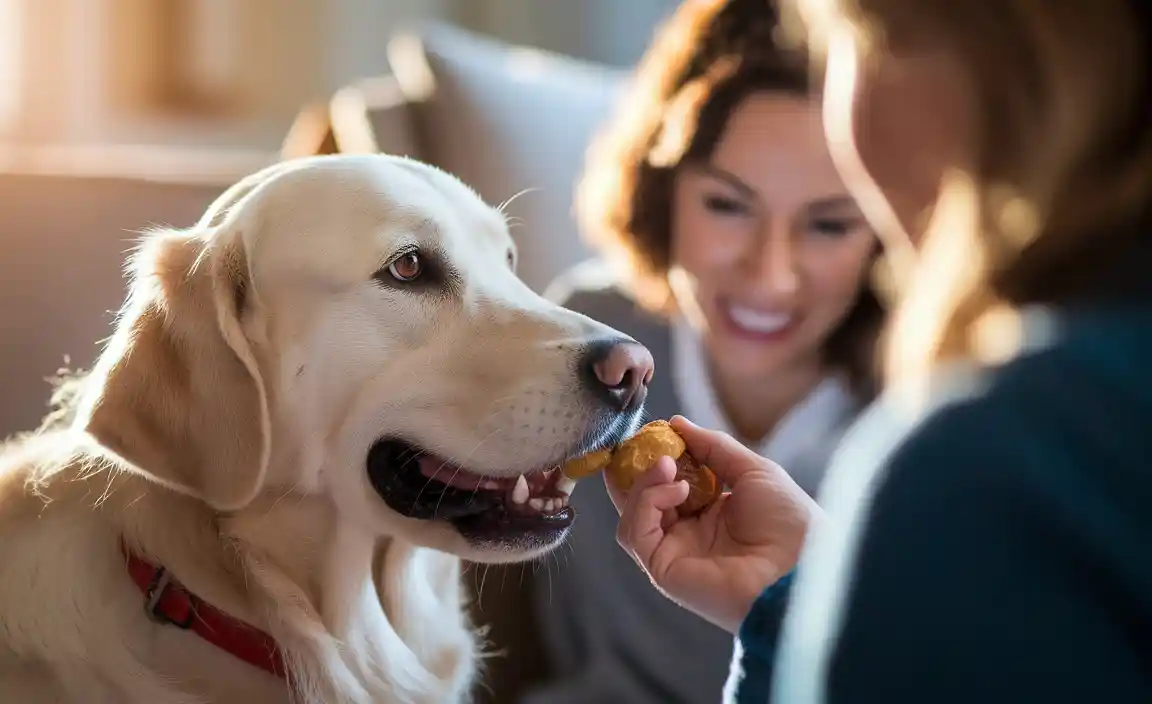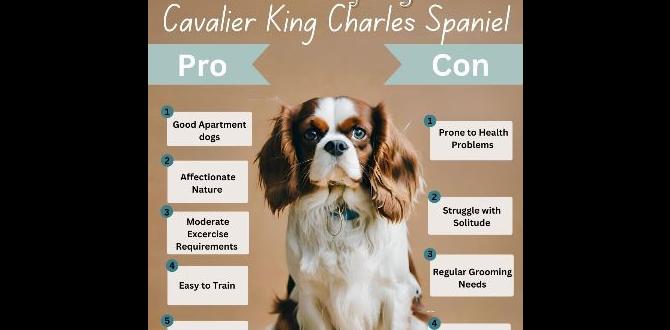Dog Resource Guarding Training: Expert Tips
Understanding and managing dog resource guarding training is a crucial aspect of responsible pet ownership. Resource guarding is a natural canine behavior where a dog exhibits possessive behaviors over valued items, such as food, toys, or even people, in an effort to prevent others from taking them. While it stems from an instinct to protect their resources, unchecked guarding can escalate into aggression, posing a risk to both the dog and their human companions. Fortunately, with the right approach and consistent training, this behavior can be significantly modified and managed.

This comprehensive guide delves into the expert tips and strategies for effective dog resource guarding training, empowering you to build a stronger bond with your dog while ensuring a safe and harmonious living environment.
Understanding the Roots of Dog Resource Guarding
Before embarking on any training, it’s essential to grasp why dogs guard. It’s rarely malicious; instead, it’s a learned or innate response to perceived threats. These threats can be anything from other animals and humans to even perceived environmental dangers. Common triggers include:
Food and Treat Obsession: Dogs often guard their meals, bones, or favorite treats.
Toy Possessiveness: Favorite plush toys, squeaky toys, or even worn-out items can be fiercely protected.
Personal Space and Resting Spots: A dog might guard their bed, a specific corner, or even their owner’s lap.
High-Value Items: Anything the dog deems exceptionally important, whether it’s a stolen sock or a discarded piece of steak.
Recognizing these triggers is the first step in addressing the behavior. Observation is key – notice when your dog guards, what they guard, and who they direct their guarding behavior towards.
Essential Principles for Effective Dog Resource Guarding Training
The core principle of dog resource guarding training is to shift your dog’s perception from “If I have this, someone will take it away” to “If I have this, good things happen, and I don’t need to worry.” This involves building positive associations and teaching your dog that relinquishing control is rewarding.
Desensitization and Counter-Conditioning: The Foundation
These two techniques are the cornerstones of successful dog resource guarding training.
Desensitization: This involves gradually exposing your dog to the guarding trigger at a distance or intensity that doesn’t elicit a guarding response. For example, if your dog guards their food bowl, you might start by simply placing the bowl down without any food while you are at a distance. The goal is to habituate them to the presence of the “threat” without triggering their anxiety.
Counter-Conditioning: This is about changing your dog’s emotional response to the trigger. When the trigger is present (at a very low level of intensity), you pair it with something highly positive and rewarding for your dog. For instance, as you move the food bowl closer (still without food), you toss a high-value treat. The dog learns to associate the presence of the bowl with positive outcomes, rather than a potential loss.
The key here is to work below your dog’s threshold – the point at which they start to show guarding behaviors. Pushing too hard will set back your progress.
Practical Strategies for Dog Resource Guarding Training
Once you understand the core principles, you can implement specific strategies.
The “Trade Up” Game
This is an incredibly effective dog resource guarding training exercise that teaches your dog that giving up an item can lead to something even better.
1. Start with a less valuable item: Begin with a toy your dog enjoys but doesn’t obsess over.
2. Approach calmly: With a super high-value treat (like cheese, chicken, or jerky) in hand, approach your dog casually.
3. Offer the treat: Hold the treat near your dog’s nose. As they move to take the treat, they will likely drop the item they were holding.
4. Reward and retrieve: As soon as they let go, give them the treat. You can then praise them and, if you choose, pick up the dropped item.
5. Repeat: Do this several times in short sessions. Gradually, you can introduce items they guard more fiercely, always ensuring you have a significantly better reward.
The goal is for your dog to offer the item to you in anticipation of the trade.
“Leave It” Command
A solid “leave it” command is invaluable. This teaches your dog to disengage from an item on cue.
1. Start with something easy: Hold a low-value treat in your closed fist. Let your dog sniff and try to get it.
2. Say “Leave it”: The moment they stop trying to get your fist open, praise them and give them a different, hidden, high-value treat from your other hand.
3. Progress: Once they reliably leave your fist alone, place a low-value treat on the floor and cover it with your hand, using the same cue and reward system.
4. Increase difficulty: Eventually, you can leave treats on the floor uncovered, then progress to toys and other forbidden items they might guard.
The idea is to teach them that “leave it” means something better will follow.
Managing the Environment
While you are actively training, management is crucial to prevent your dog from practicing guarding behaviors.
Separate meal times: Feed dogs who guard food in separate, quiet locations where they won’t be disturbed.
Designated “safe spaces”: Ensure your dog has a comfortable crate or bed where they feel secure and are not bothered by other pets or people.
Supervise interactions: Always supervise your dog around valuable items and other pets or children.
Remove temptation: If certain toys are consistent triggers, consider putting them away when not in use or during training sessions.
What NOT to Do During Dog Resource Guarding Training
It’s just as important to know what to avoid.
Never punish or scold for guarding: This will only increase anxiety and aggression. Your dog is acting on instinct, and punishment will make them fear you more.
Don’t forcibly take items away: This is exactly the behavior you are trying to prevent and will reinforce their guarding instincts.
Avoid cornering or crowding your dog: This makes them feel threatened. Always approach them calmly and from the front.
Don’t tease your dog with their prized possessions: This is a recipe for disaster and will erode trust.
When to Seek Professional Help
While many cases of mild to moderate resource guarding can be managed with dedicated training and patience, some situations require professional intervention. If your dog’s guarding behavior is intense, escalates rapidly, involves snapping, lunging, or biting, or if you feel unsafe, consult a certified professional dog trainer or a veterinary behaviorist. They can assess the severity of the guarding, identify underlying causes, and develop a tailored behavior modification plan specific to your dog.
Dog resource guarding training is a journey that requires commitment, understanding, and a positive approach. By focusing on building trust, creating positive associations, and managing your dog’s environment, you can successfully navigate this challenge and foster a more secure and loving relationship with your canine companion.
Meet Elyse Colburn, the devoted canine companion and storyteller behind the enchanting world of “Tales, Tails, and Adventures Unleashed.” A passionate dog enthusiast with a heart full of paw prints, Elyse Colburn shares heartwarming tales and insightful adventures, celebrating the joy, loyalty, and endless antics that make every dog a true hero. Join Elyse Colburn on this tail-wagging journey, where every post is a love letter to our four-legged friends.





